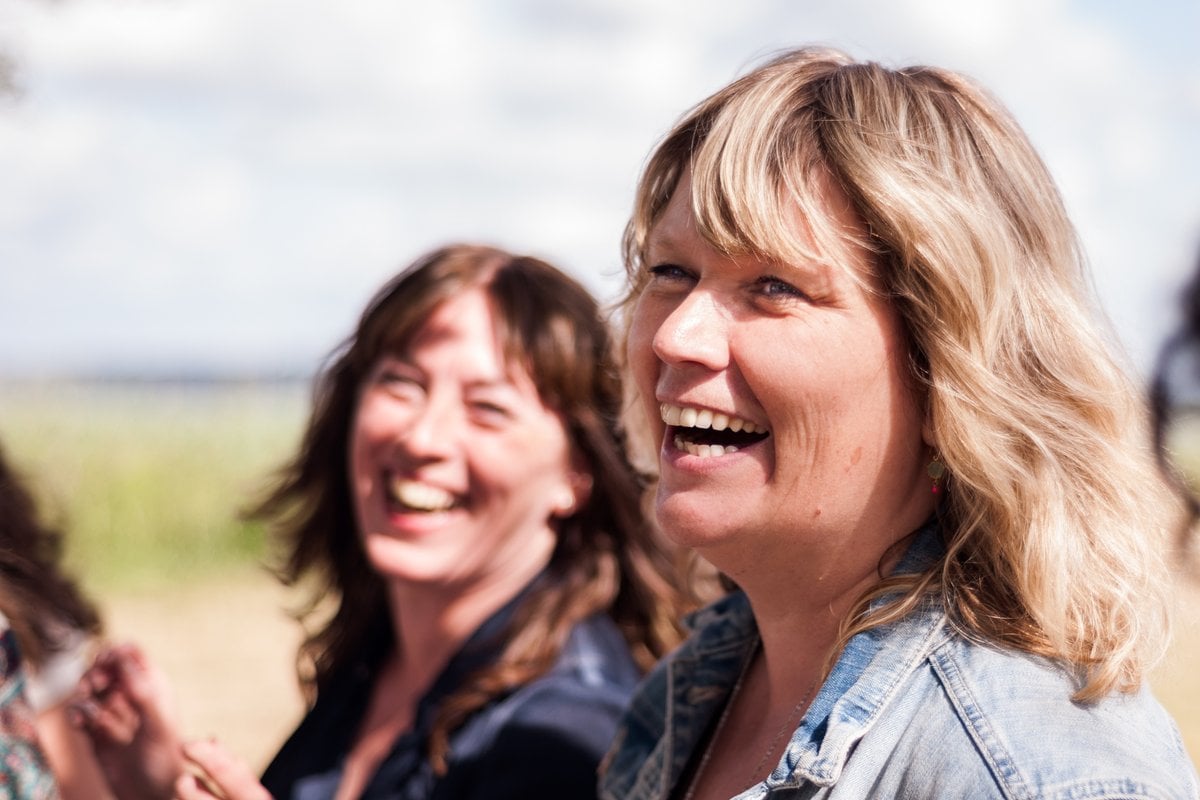
Menopause brings a tonne of changes. One of those can be how our waistlines look.
Mamamia spoke with Helen Blair, a menopause health and fitness coach, to help us understand what happens to our bodies during perimenopause and menopause.
According to Blair, we need to change our mindset toward diet, exercise, and our bodies as we head into the menopause transition.
The Very Peri audio series is your all-in-one survival guide for getting through perimenopause. With 10 topics covering everything from science and symptoms to solutions and support. Everything you need to know to take on peri with confidence. Listen Now.
“It’s a time of opportunity,” she says. “You can understand what the menopause transition is and view it as an opportunity to get as well set up as you can for that menopause moment.”
“The earlier you can make nutrition and exercise adjustments, then the more prepared you’ll be.”
To make the most of it, first we need to understand what’s happening.
What’s going on with my middle?
Once we hit menopause, some women notice fat gathers more easily around their middles. As you might have guessed, hormones play a role.
Blair explains how falling estrogen levels change how our bodies function and store fat: “One of the jobs estrogen has done for us in the background has been to help take glucose out of our bloodstream,” she says.
“So as estrogen disappears we lose the job it was doing which means our body starts to produce more insulin to do that job and with that also comes a signal to store more fat.”


Top Comments